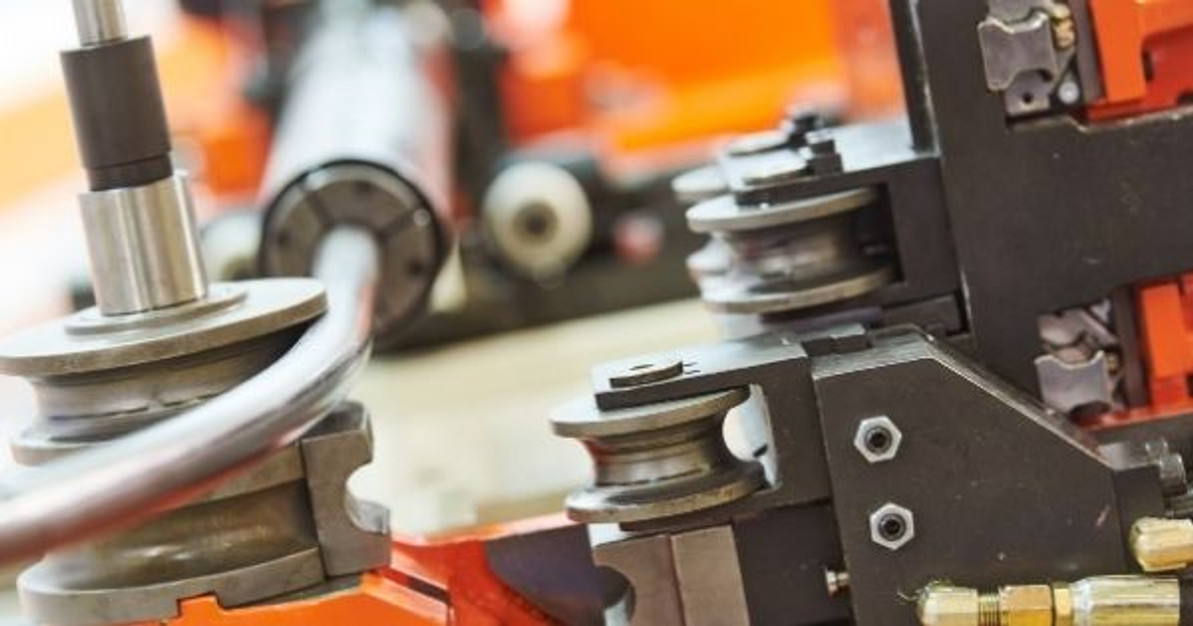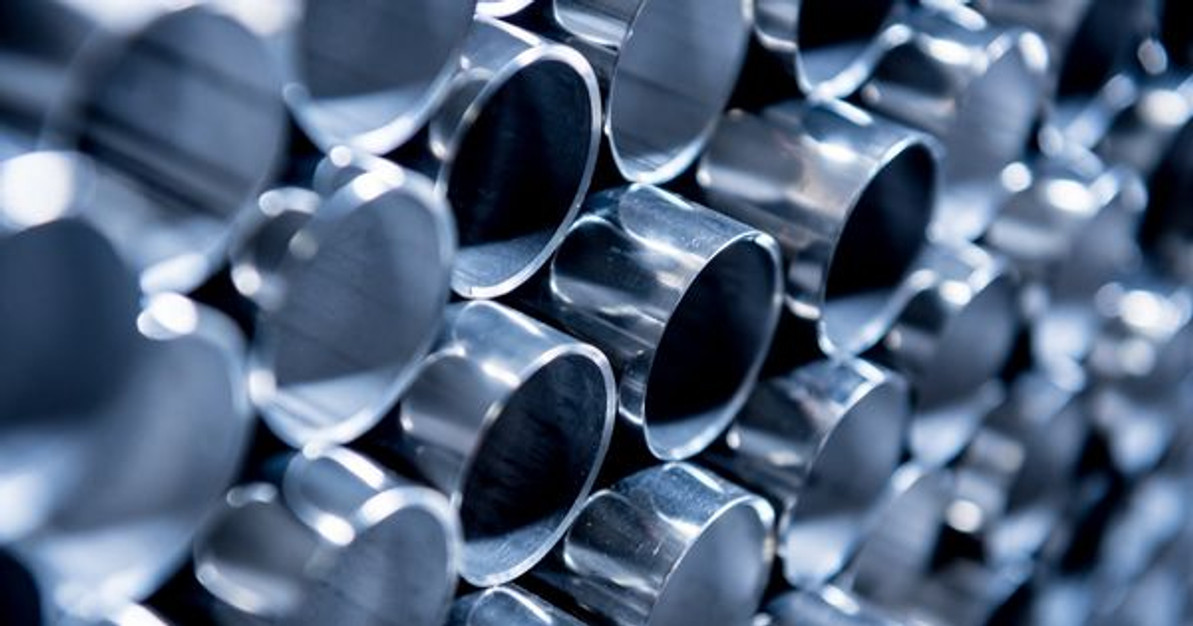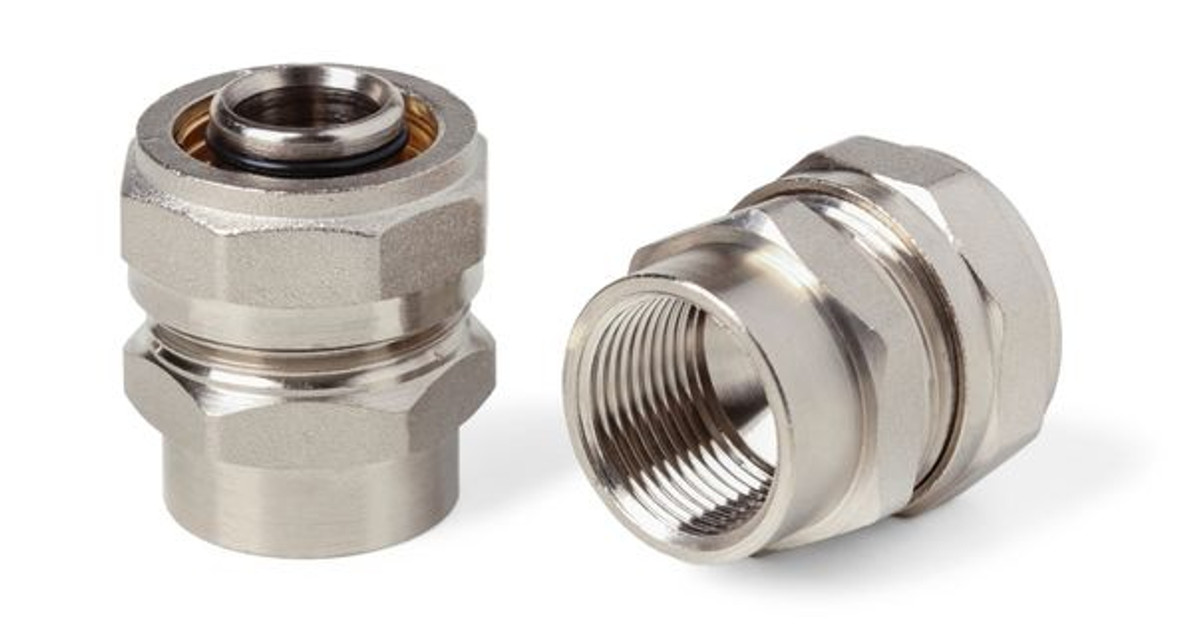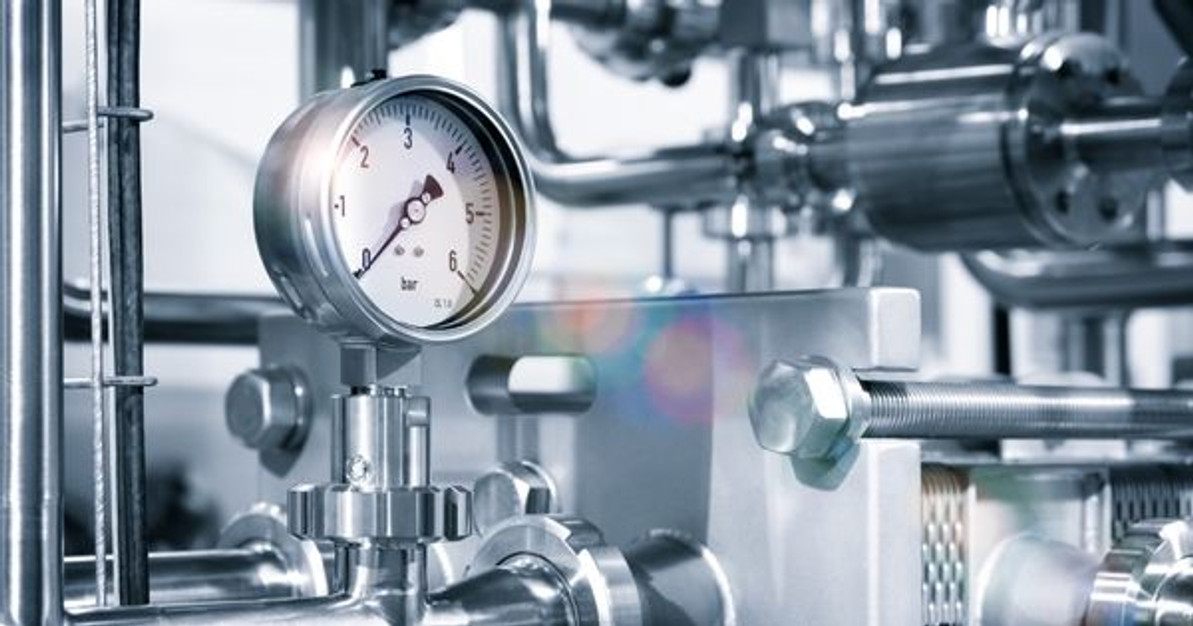 Nov 11th 2020
Nov 11th 2020Considerations for Bending Stainless Steel Tubing
Sanitary stainless-steel tubing is the best tubing to use for facilities handling food and beverages on account of its resistance to corrosion and how easy it is to sanitize. With its non-porous surface, stainless steel can fight off dirt, bacteria, and grime to prevent contamination. To this purpose, manufacturing facilities must bend and mold it into different shapes and sizes so that it can fulfill various needs. If you’re looking to incorporate sanitary stainless-steel tubing into your facility, here are some considerations for bending stainless steel tubing.
Heat
Using heat to bend stainless steel tubes can be difficult. It’s always best to try to bend stainless steel cold, but if you must use heat, heat the tube between 800 and 1500 degrees Fahrenheit and then leave it to cool. The chrome and carbon in the material combine into chrome carbide particles, which depletes the chrome in the heated area, giving stainless steel its corrosion resistance.
Radius
The first thing to consider when you plan to bend a stainless-steel tube is its bend radius. If the radius of the bend is large, the best practice is to use three-roll benders (also called section benders, angle rolls, and profile benders). For a tube that you need to bend bent with a tight radius, you can instead use a rotary-draw bender.
Please note that sanitary stainless tubing can be welded or seamless, but when the bend radius is tight, seamless tubes usually bend better.
Contamination
There are some precautions you should take when handling your tubing, as stainless-steel is susceptible to scratches. These scratches are typically not a huge issue, but they do open a possibility for contamination, particularly from carbon, mild steel, and chloride, which occur when these contaminates get into the protective oxide layer. The best way to avoid this contamination is to handle your tubing carefully and be wary of it coming into contact with carbon steel, mild steel, or carbon.
You should now understand what kind of tools you need and some of the different considerations for bending stainless steel tubing. Remember to keep heating your tubing as a last resort to avoid weakening its corrosion resistance, as any contamination may result in rust and filth that will then contaminate any foods and liquids you’re working with. Handle with care, and your tubing will keep your facility efficient and sanitary.
 Nov 11th 2020
Nov 11th 2020Recent Posts
-
Nov 7th 2022
What Is Food-Grade Stainless Steel Tubing?
Businesses that produce food and beverage products must operate hygienically. Sterile environments a …Nov 7th 2022
-
Oct 11th 2022
Why Sanitary Fittings Are Important for the Medical Industry
Sanitary fittings are useful for many industries. Food and beverage manufacturers have used these to …Oct 11th 2022
-
Sep 23rd 2022
What Is the Max Operating Temperature for Stainless Steel?
Stainless steel is valued in many industrial applications because it’s capable of withstanding high …Sep 23rd 2022




